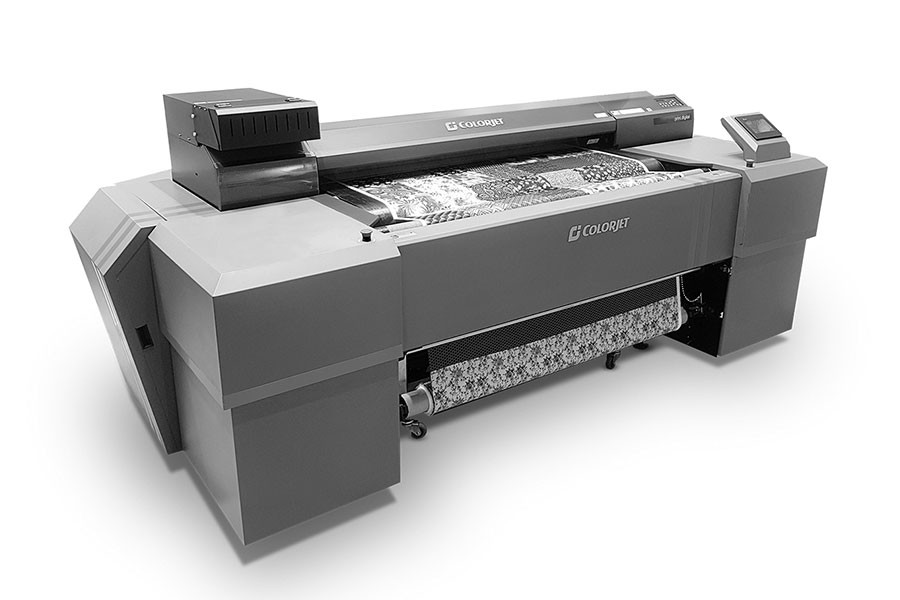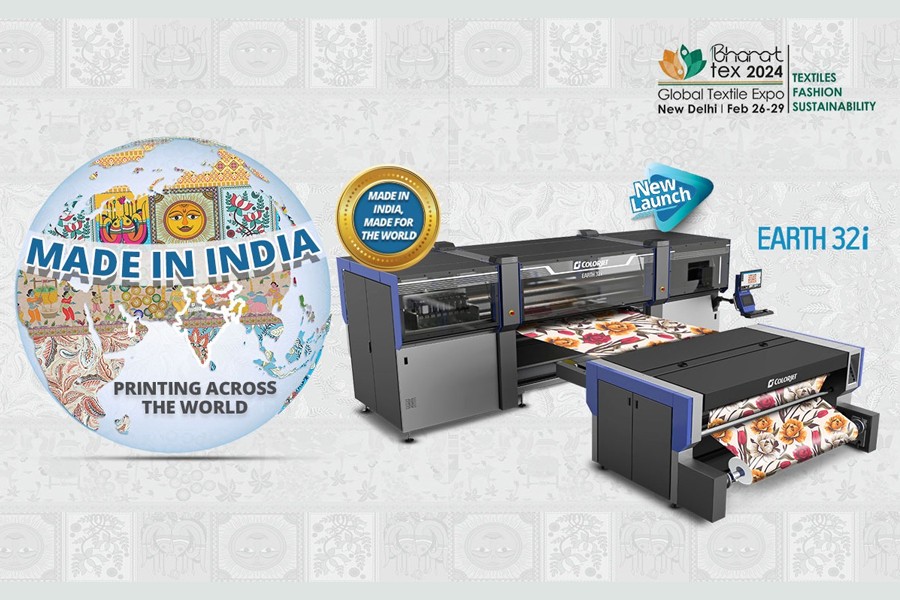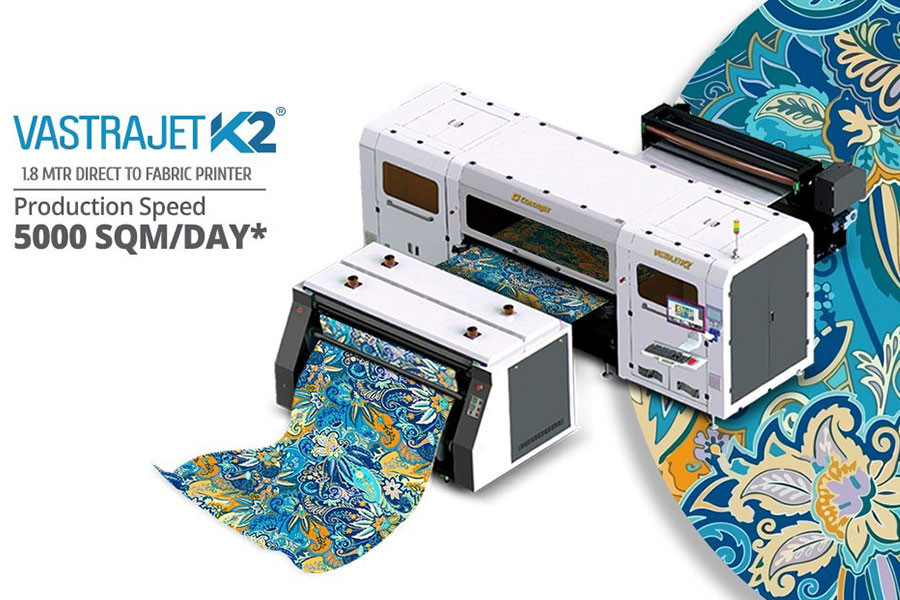
The technology of Ink-Jet printing is also referred to as Digital Printing. It has emerged as the most used printing technology, opening the gateway for a number of applications including wide- format graphic arts and industrial applications like textiles that were until a few years ago mostly dependent on traditional rotary screen printing technology.
In the Ink Jet technology, only the ink drops get in contact with the surface. It is generally known as a printing method without any impact.
INKJET PRINTER – COMPONENTS AND TECHNOLOGY
The main components of an Ink Jet Printer, the print head, ink, and the medium needs to work in sync for high-quality output.
The two types of Ink-Jet technologies:
- DOD (Drop on demand)
- CIJ (Continuous Ink Jet)

DROP ON DEMAND (DOD) TECHNOLOGY
In DOD technology, drops are poured only when it is required for the image formation. Piezoelectric Ink Jet (PIJ) and Thermal Ink Jet (TIJ) are the two basic mechanisms for the ejection of drops.
In PIJ, the piezoelectric actuator is used to reduce the volume of the ink chamber inside the nozzle.
In TIJ, the temperature of the ink is raised to bubble nucleation by means of an electrical heater which is located inside the nozzles.

CONTINUOUS INKJET (CIJ) TECHNOLOGY
In CIJ, the ink is sprayed at constant speeds through the nozzles with the help of constant pressure. Depending on the image that is being printed, the ink either breaks into droplets while going to the medium or gets bypassed for recirculation. In order to control the trajectory, drops are charged electrically through an electric field. Since the drops are ejected constantly, hence the word 'continuous'.
DIGITAL TEXTILE PRINTING – EVOLUTION AND PROGRESSION
Digital Textile Printing is in existence for quite some time now. In 1968, the first patent of Inkjet printing technology was used. In the Carpet industry, inkjet printing machines have been in use since the 1970s. By the 1990s, for paper printing, inkjet printers became readily available.
At the 1995 event of ITMA, digital inkjet printing was first shown on continuous rolls of textile fabrics. The industrial benchmark for digital textile printing was set at the ITMA in 2003 with the introduction of high-grade industrial inkjet printers. Since then, technology was been evolving when it comes to digital inkjet printers where one can print on a variety of media including different fabrics. Designs and color options are limitless with these new generation printing machines.

With shorter run lengths, individual designs, fast fashion, there have been major changes in the textile printing market globally. In the developed printing markets, inkjet printing technology is widely used as it reduces the overall cost of samples. Small scale textile printing productions such as banners or flags along with the sportswear industry are adopting wide-format inkjet printers. Specific machines for textile printing are on the rise as they increase production while making sure that the total cost of ownership remains low. In the technology of inkjet printing, specific ink and chemical requirements should be satisfied with the reliable performance of the printer platform. Physical and chemical specifications of ink are precise and they are different from the normal printing pastes. The normal printing pastes lack the ability to contain the majority of chemicals that are required to yield vibrant colors. The operating and firing performance must be kept in mind while developing the ink for textile inkjet printers along with the chemical compatibility of materials that are used during the manufacture of print heads.
Fabric is pre-treated prior to the process of printing when it comes to digital printing. Since the thickeners and auxiliary chemicals have shown problems with low viscosity ink, pre-treatment of textiles is a must. In the two-phase printing, chemicals are applied before and after the printing. In the all-in printing, all the chemicals, thickeners, and dyes are part of the print paste.

Reactive and pigment inks are generally used when it comes to cotton printing. The process that involves pigment ink is generally simple as there are three stages – print, dry, and cure/bake. Reactive ink printing has two extra steps – steam and wash. This makes pigment ink more economical; however, the shades produced by pigment inks are comparatively dull. There is also an issue of nozzle blockage.
In the all-in approach printing, reactive inks are generally used. Even though the quality of the print is excellent, pre-treatment of the fabric increases the expense, hence making it a bit uneconomical for short runs.
ColorJet, India’s largest manufacturer of Digital Inkjet and Textile printers, offer a wide range of Digital direct to fabric printers that are compact, offer a lucrative Total Cost of Ownership, gives the option of millions of colours to choose from, and the possibility of unique design, every time. Digital textile printing machines by ColorJet incorporate the latest technology and efficient Indian engineering to meet the ever-growing demands of the textile industry.

Related Blogs



